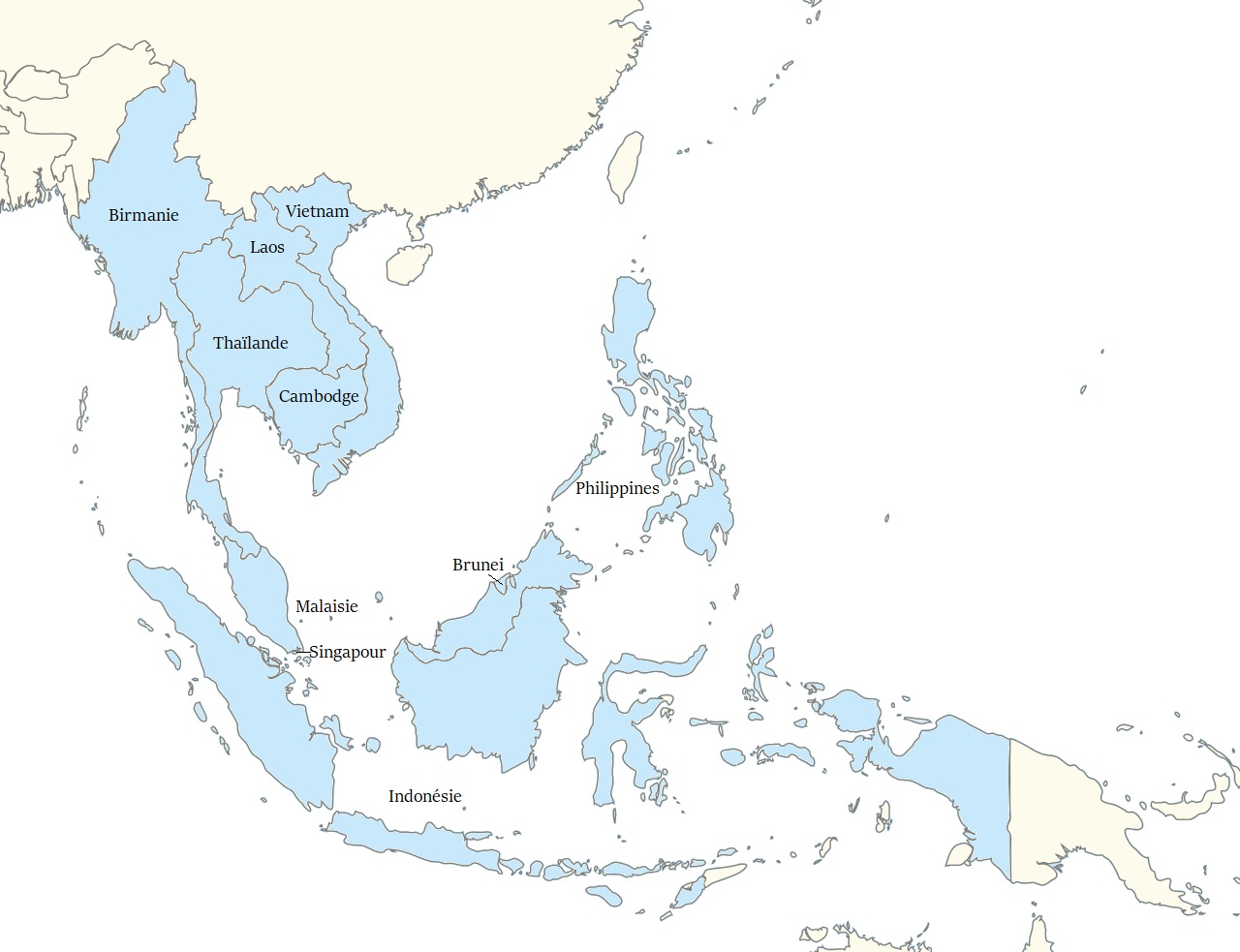The Association of Southeast Asian Nations (ASEAN) and Turkey pledged to continue strengthening their cooperation at the fourth meeting of the ASEAN-Turkey Joint Cooperation Committee.
The Association of Southeast Asian Nations (ASEAN) and Turkey pledged to continue strengthening their cooperation during the fourth meeting of the ASEAN-Turkey Joint Cooperation Committee which has just taken place. be held at the headquarters of the ASEAN Secretariat.
Both parties underlined the progress made in bilateral cooperation, in particular in the priority areas defined in the sector dialogue partnership for the period 2019-2023. ASEAN highly appreciated Turkey’s establishment of the ASEAN-Turkey Fund to support the implementation of cooperation activities between the two sides.
They discussed a number of ongoing cooperation projects, including programs to improve diplomatic capacity and climate change adaptation in the agricultural sector; projects in the areas of sustainable tourism, digital trade and logistics, disaster risk, human resource development, science and technology, and private sector engagements.
The meeting also discussed other potential areas of cooperation such as manufacturing, information and communication technology, smart city, hospitality and tourism, cybersecurity, connectivity, green economy, agriculture and food processing, construction and infrastructure development, shipbuilding and maintenance, aviation, logistics, public health, climate change, education and film production and television series, among others.
As a reminder, the Association of Southeast Asian Nations (ASEAN) brings together 10 member states. Created by Indonesia, Malaysia, Singapore, Thailand and the Philippines in 1967, it was joined by Brunei (1984), Vietnam (1995), Laos and Burma (1997) and finally Cambodia (1999 ).
ASEAN, the world’s 5th “economic block” (behind the EU, the United States, China and Japan), is a region made up of very heterogeneous economies that share a common dynamic and potential. It is based on an extroverted growth model (open to trade and FDI) and has solid growth drivers (including a sizeable market, with 650 million inhabitants or 9% of the world’s population, and a young population, urban and connected). Bringing together very open economies, it contributes about 8% to world trade. The amount of inward foreign investment, at USD 149 billion in 2018, is comparable to inward FDI in mainland China. ASEAN is also one of the regions of the world that is best integrated into global value chains (especially electronics, textiles and automobiles). The level of development of ASEAN countries is today very heterogeneous, with an average per capita income of around 4,600 USD, ranging from 1,200 USD for Burma to 65,000 USD for Singapore. According to the World Bank classification, based on gross national income, the region has six “lower-middle-income countries” (Laos, Cambodia, Burma, Vietnam, Philippines and Indonesia), two “upper-middle-income countries ( Thailand, Malaysia) and two “high-income countries” (Brunei, Singapore).



